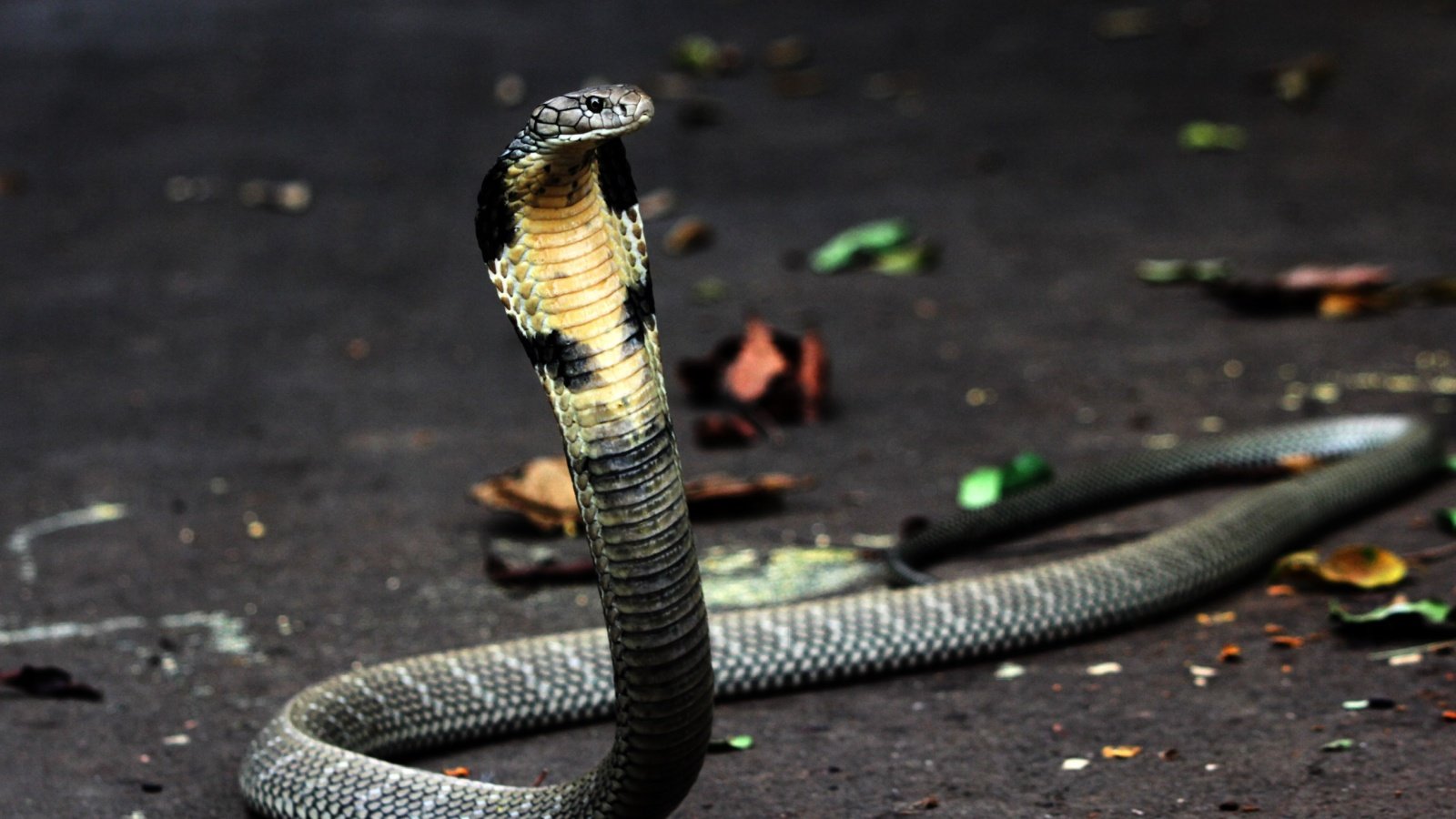Snakes and other creepy crawlies often get a bad rap, but many beliefs about them are rooted in myths rather than facts. These creatures play vital roles in our ecosystems yet are frequently misunderstood and feared. By debunking these myths, we can appreciate their true nature and importance. This article explores 25 common misconceptions about snakes and other creepy-crawly creatures, revealing the truth behind the myths.
Snakes Are Always Aggressive
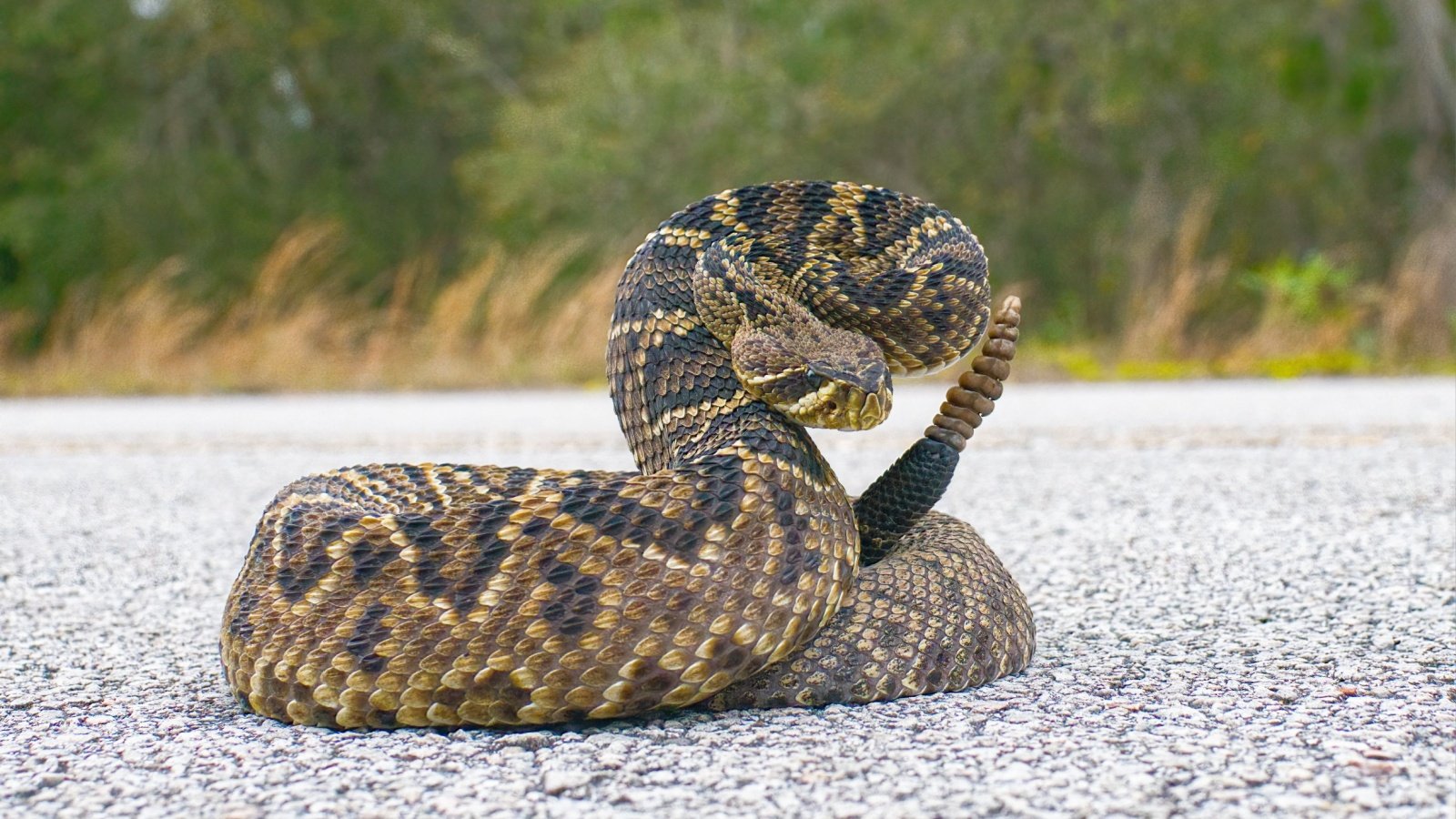
Contrary to popular belief, most snakes are not aggressive and prefer to avoid humans. They usually strike only when threatened or cornered. Understanding their behavior can help reduce unnecessary fear and encourage coexistence.
All Spiders Are Dangerous

While some spiders have venom that can harm humans, the vast majority are harmless and beneficial. Spiders control insect populations, making them vital to ecosystems. Most spider bites result in no more than minor irritation.
Centipedes Are Poisonous to Humans

Centipedes do have venom to subdue their prey, but it’s rarely harmful to humans. Their bites can cause mild pain and swelling, similar to a bee sting. These creatures prefer to hide and avoid contact with people.
All Snakes Are Venomous

Only about 15% of snake species are venomous, with the majority being harmless to humans. Non-venomous snakes play crucial roles in controlling rodent populations. Misidentifying snakes can lead to the unnecessary killing of beneficial species.
Millipedes Are Dangerous

Millipedes are often mistaken for centipedes but are generally harmless. They release a defensive fluid that can cause skin irritation but is not dangerous. Millipedes are beneficial decomposers, breaking down organic matter in the soil.
Tarantulas Are Deadly

Tarantulas look intimidating but are not deadly to humans. Their bites are typically no worse than a bee sting, and they are more likely to flee than to bite. Tarantulas help control insect populations, playing a vital ecological role.
Snakes Are Slimy
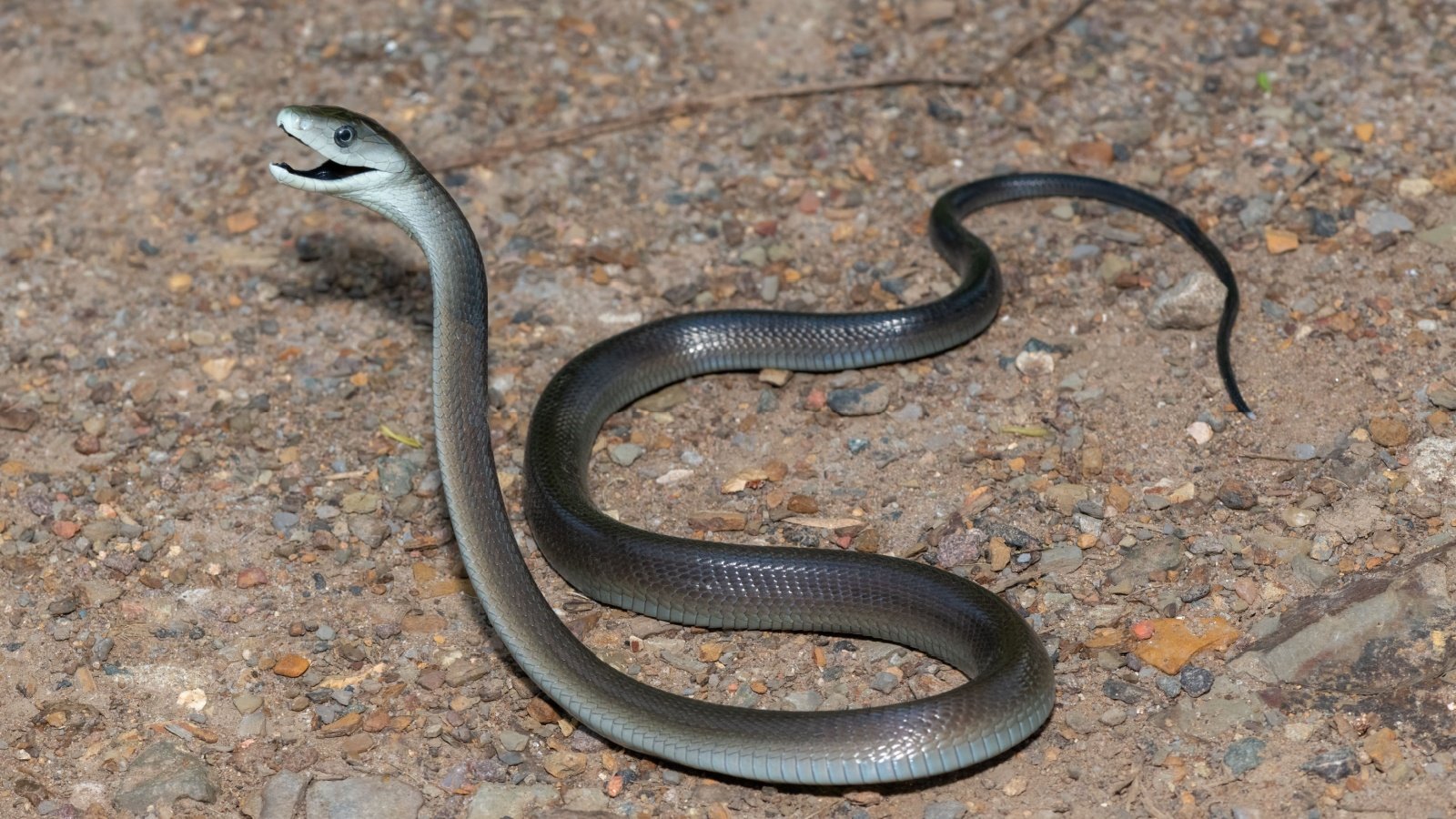
Despite their appearance, snakes have dry, smooth skin covered in scales. Their skin can feel cool and slightly rough to the touch. This myth likely arises from their shiny, often wet-looking appearance.
Spiders Lay Eggs in Human Ears

This urban legend has no basis in reality. Spiders prefer dark, undisturbed places to lay their eggs, far from human ears. Such myths unnecessarily fuel fear and misunderstanding of these beneficial creatures.
All Insects Transmit Diseases

While some insects, like mosquitoes, can transmit diseases, most do not pose such risks. Many insects are crucial pollinators and decomposers, supporting ecological balance. Overgeneralizing insects as disease carriers leads to unwarranted fear.
Snakes Chase Humans

Snakes do not chase humans; they flee to avoid encounters. If a snake seems to be moving toward you, it is likely trying to find a place to hide. Understanding snake behavior can help prevent fear-driven actions.
Lizards Are Poisonous

Most lizards are harmless and do not possess venom. Only a few species, like the Gila monster, have venom, but they pose little threat to humans. Lizards control insect populations and are important parts of many ecosystems.
Bats Are Blind
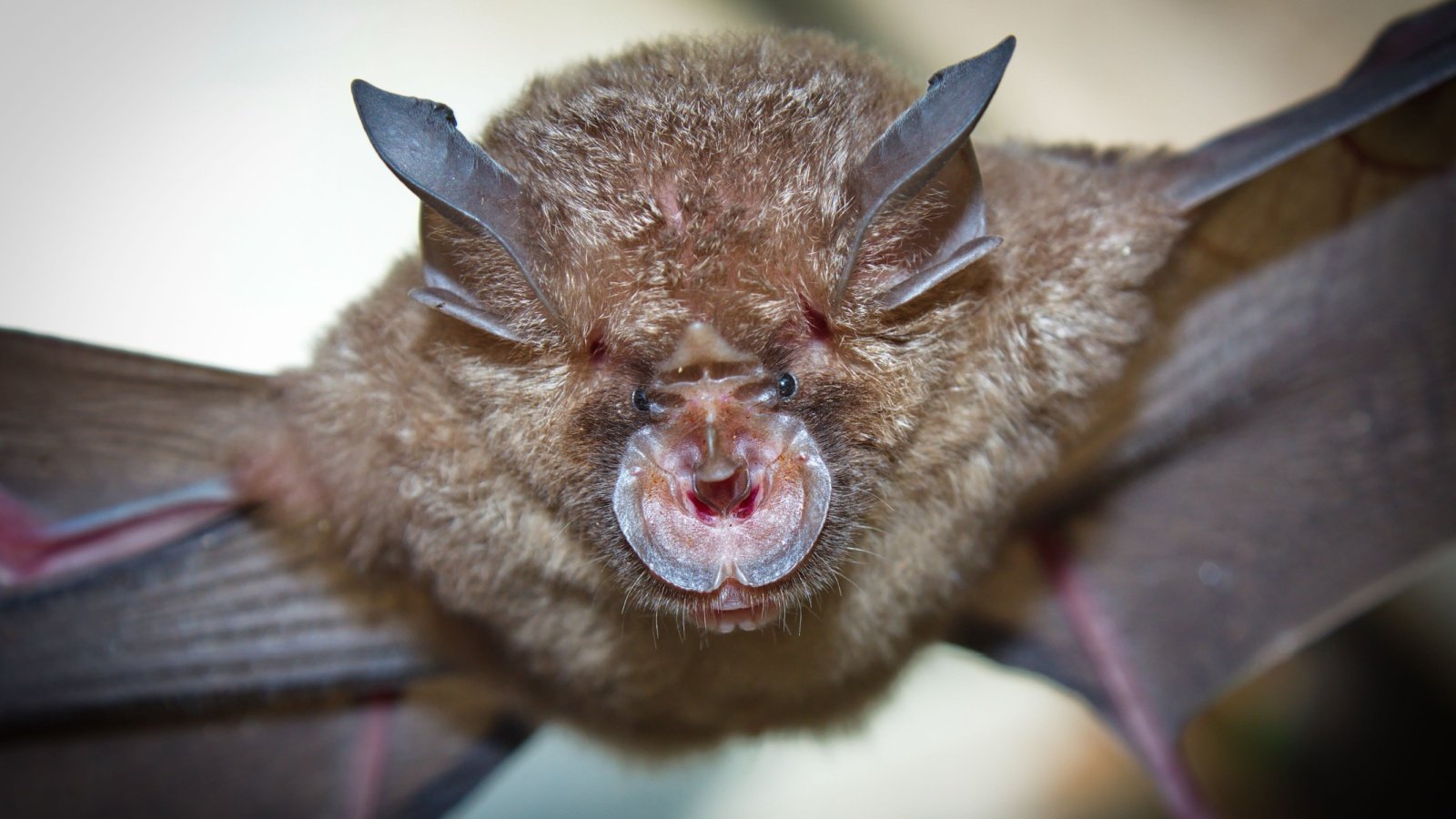
The saying “blind as a bat” is misleading; bats have good eyesight, especially at night. They also use echolocation to navigate and hunt in the dark. Bats are crucial for insect control and pollination.
Snakes Have Hypnotic Powers

Snakes do not have the ability to hypnotize their prey or humans. This myth likely comes from their unblinking stare and smooth, fluid movements. Their fixed gaze is due to their lack of eyelids, not any hypnotic ability.
Beetles Are Pests

Not all beetles are harmful; many are beneficial pollinators or decomposers. Some species, like ladybugs, are natural pest controllers. Recognizing the diversity and roles of beetles can help us appreciate their ecological importance.
Scorpions Are Always Lethal
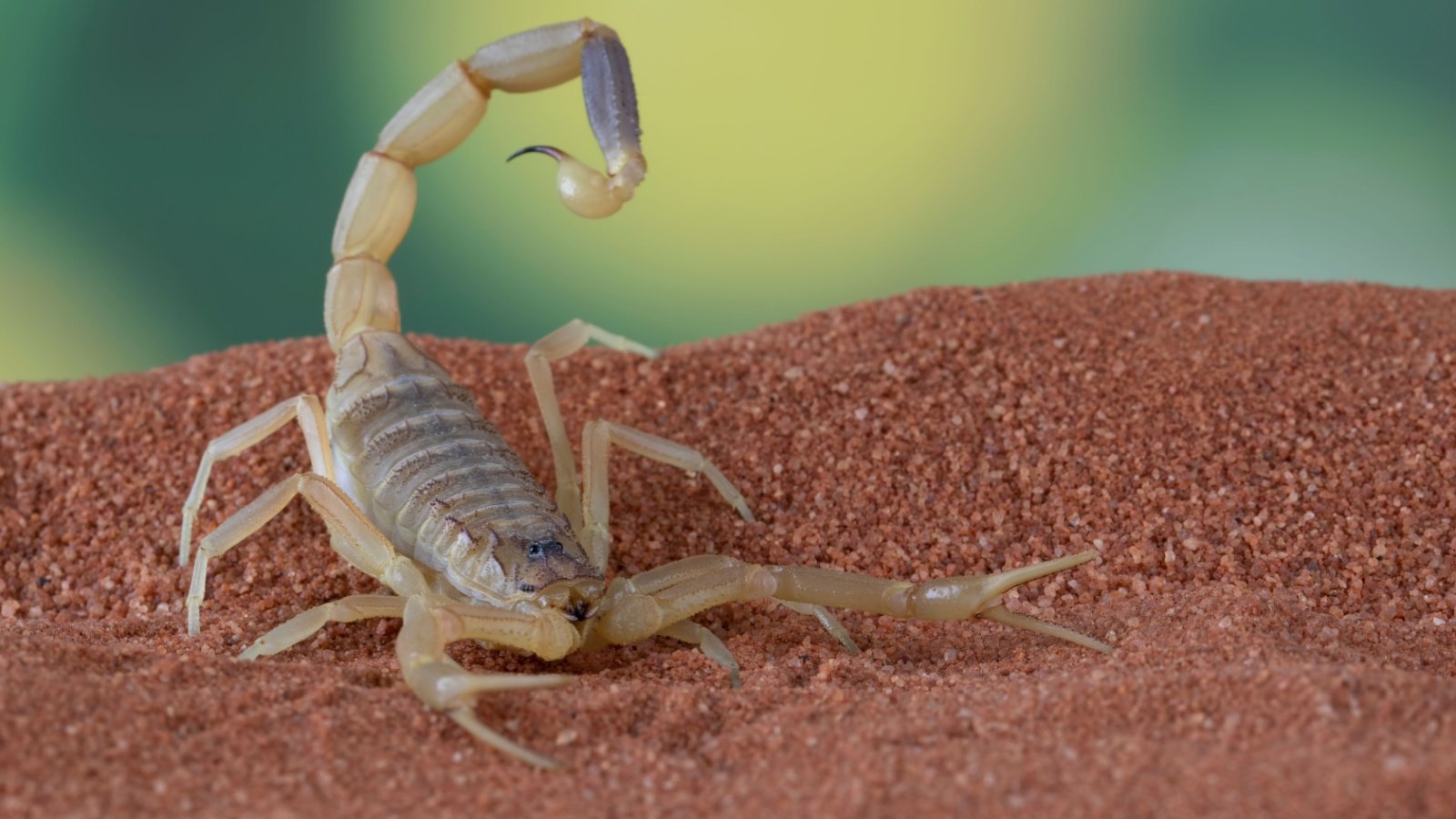
While scorpion stings can be painful, only a few species have venom potent enough to be deadly to humans. Most stings result in minor symptoms similar to a bee sting. Scorpions are also important predators of insects and other arthropods.
Earwigs Crawl into Ears

The myth that earwigs crawl into human ears to lay eggs is unfounded. Earwigs prefer dark, damp environments and are unlikely to enter ears. They are harmless and help control garden pests.
All Moths Eat Clothes

Only a few moth species, like the clothes moth, feed on fabric. Most moths do not damage clothing and play important roles in ecosystems as pollinators and food sources for other animals. Proper storage can prevent fabric damage by a few harmful species.
Snakes Drink Milk

Snakes do not drink milk and cannot digest it properly. This myth likely arose from observations of snakes in captivity being given milk. Snakes require water and a diet appropriate to their species for proper nutrition.
Worms Are Slimy and Gross

Worms play a vital role in soil health by aerating it and breaking down organic matter. They are not slimy; their mucus coating helps them move through soil and retain moisture. Worms are essential for maintaining healthy ecosystems.
Mosquitoes Are Attracted to Light

Unlike many insects, mosquitoes are not particularly attracted to light. They are drawn to carbon dioxide and body heat from humans and animals. Understanding their behavior can help in developing effective control measures.
Cockroaches Can Survive Nuclear Blasts

While cockroaches are resilient and can survive high levels of radiation, they are not invincible. They would not survive the immediate blast effects of a nuclear explosion. Their resilience has been exaggerated, but they do adapt well to various environments.
Spiders Are Always Out to Bite Humans

Spiders bite humans only in self-defense, and most bites occur when spiders are accidentally provoked. They prefer to avoid human contact and focus on catching prey. Understanding this can help reduce unnecessary fear and promote coexistence.
All Creepy Crawlies Are Harmful

Not all creepy crawlies pose a threat; many are harmless and beneficial. For example, spiders and beetles help control pest populations. Recognizing the positive roles these creatures play can lead to a more balanced perspective.



